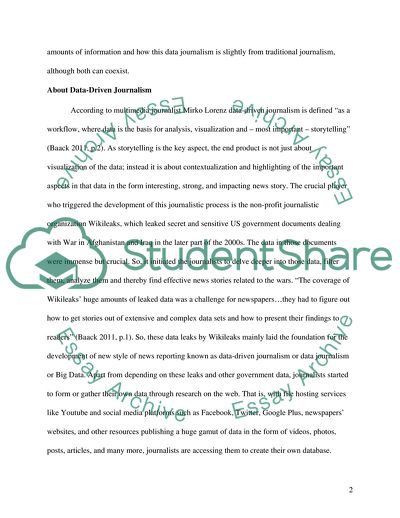Cite this document
(A New Ecology of News: Data-driven Journalism Literature review Example | Topics and Well Written Essays - 2500 words, n.d.)
A New Ecology of News: Data-driven Journalism Literature review Example | Topics and Well Written Essays - 2500 words. https://studentshare.org/journalism-communication/1869644-mass-communicationdigital-journalism
A New Ecology of News: Data-driven Journalism Literature review Example | Topics and Well Written Essays - 2500 words. https://studentshare.org/journalism-communication/1869644-mass-communicationdigital-journalism
(A New Ecology of News: Data-Driven Journalism Literature Review Example | Topics and Well Written Essays - 2500 Words)
A New Ecology of News: Data-Driven Journalism Literature Review Example | Topics and Well Written Essays - 2500 Words. https://studentshare.org/journalism-communication/1869644-mass-communicationdigital-journalism.
A New Ecology of News: Data-Driven Journalism Literature Review Example | Topics and Well Written Essays - 2500 Words. https://studentshare.org/journalism-communication/1869644-mass-communicationdigital-journalism.
“A New Ecology of News: Data-Driven Journalism Literature Review Example | Topics and Well Written Essays - 2500 Words”. https://studentshare.org/journalism-communication/1869644-mass-communicationdigital-journalism.


